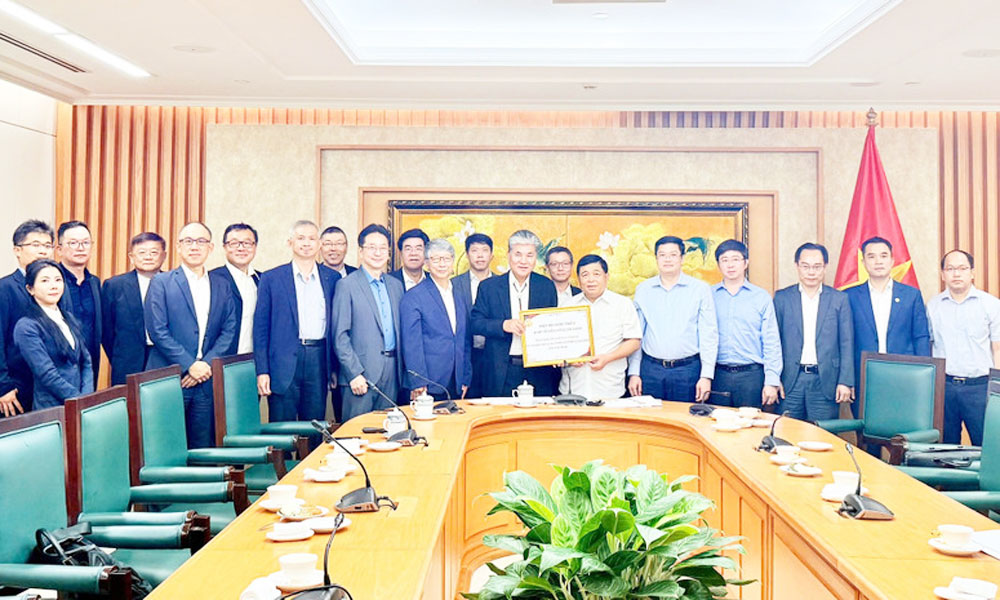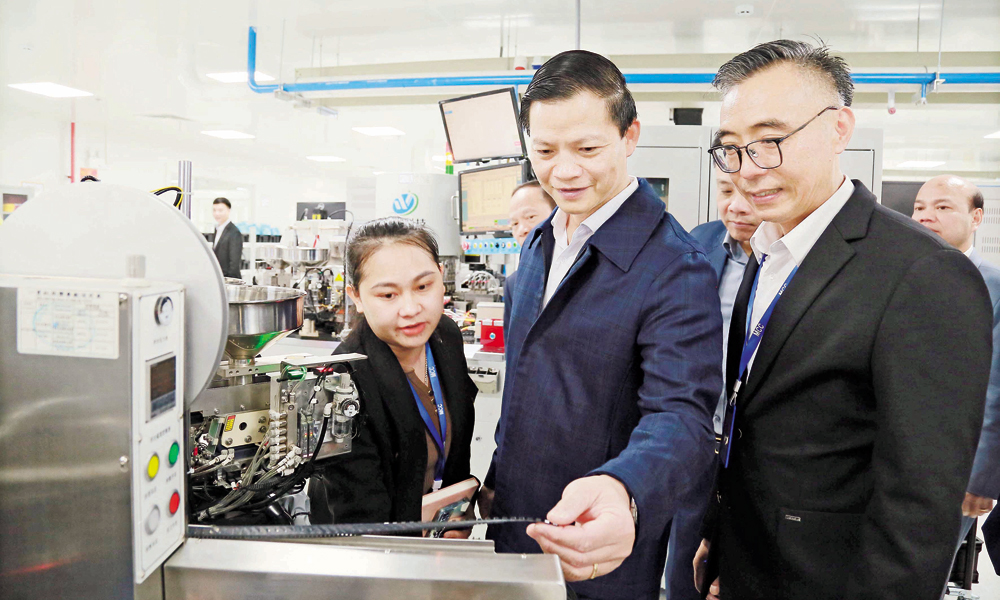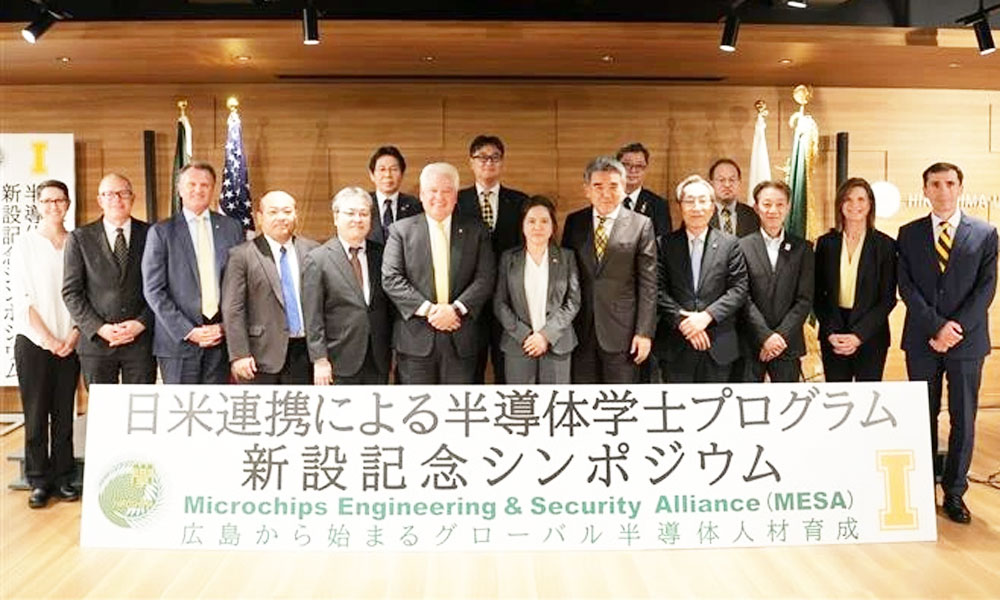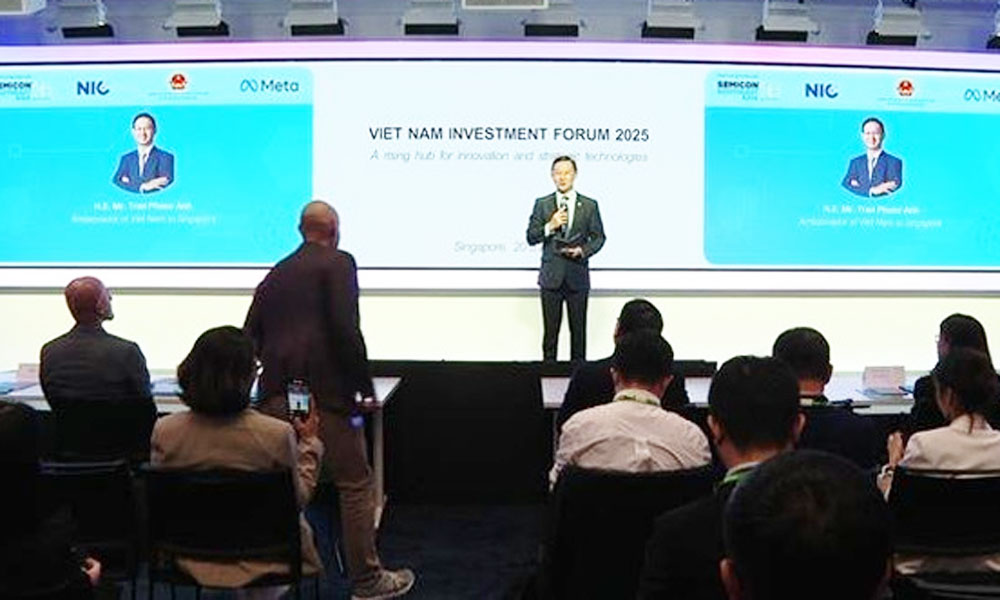Semiconductor industry short of high-quality workforce
Under the semiconductor industry development strategy by 2030 with a vision to 2050, Vietnam sets a target to train at least 50,000 high-quality professionals. Ho Chi Minh City along shoulders some 9,000 in the domains of integrated circuit design, chip manufacturing, and related technologies.
Vietnam's semiconductor industry stands at the threshold of a billion-dollar opportunity, yet faces a critical shortage of high-skilled talent that threatens to derail its ambitious plans to integrate deeply into global value chains.
 |
|
Illustrative image. |
Human resources – the most daunting challenge
Under the semiconductor industry development strategy by 2030 with a vision to 2050, Vietnam sets a target to train at least 50,000 high-quality professionals. Ho Chi Minh City along shoulders some 9,000 in the domains of integrated circuit design, chip manufacturing, and related technologies.
Deputy Director of the municipal Department of Science and Technology Nguyen Huu Yen described the semiconductor industry as a blood vessel for the global economy, creating foundations for high-tech sectors like AI, IoT, big data, and smart electronic devices.
For businesses, it is necessary to identify the skills and knowledge gaps in students, as well as contribute to the training process. Meanwhile, state management agencies should create an ecosystem that is attractive enough to retain talent and draw major global tech giants.
As the country’s economic and science-tech hub, HCM City is determined to lead the charge in semiconductor development, seeing it an opportunity and a historical responsibility with domino effects on the entire southern key economic region and the country as a whole.
Director of the Centre for the 4th Industrial Revolution in HCM City (HCMC C4IR) Le Truong Duy cited a Deloitte report projecting the global semiconductor market to reach 1 trillion USD by 2030, while the world faces a shortage of at least one million engineers. This presents both a formidable challenge and tremendous opportunity for Vietnam.
Currently, Vietnam's semiconductor industry is still in its early stage but has begun to show signs of growth. Major global players like Samsung, Amkor, Nvidia, and Qualcomm have selected Vietnam as a strategic destination. Domestically, companies like Viettel and FPT Group have started participating in the supply chain.
Duy said the country has only about 7,000 microchip engineers. HCM City supplies around 400-500 students to companies annually, fulfilling less than 10% of the national strategy’s target. In the meantime, there are fewer than 10 professors in the city with experience in “tape-out chip”.
Semiconductor alliance and breakthrough solutions
The HCM City Department of Science and Technology, in collaboration with the HCMC Semiconductor Technology Association (HSIA), has recently established the Alliance for Research and Training in Semiconductors and Microelectronics (ARTSeMi).
This alliance aspires to become a "common home" for substantive cooperation through innovative training programme development, integration of enterprises into teaching processes, sharing of research resources, and technology transfer.
This strategic move aims to cultivate a generation of "golden human resources" for the semiconductor industry, realising technological autonomy goals and sustainable digital economy development.
Duy said HCMC C4IR will join hands with the HSIA and the alliance to develop a semiconductor institute, helping restructure national key R&D programmes, establish cross-industry, cross-regional, and international R&D alliances, and promote research cooperation, training, and technology transfer initiatives.
Meanwhile, Yen held that universities and institutes must quickly innovate their curricula, bridging the gap between theory and practice. Notably, mechanisms must be penned for enterprises to participate in programme development, laboratory sponsorship, internship guidance, and recruitment processes.
 Bắc Ninh
Bắc Ninh












Reader's comments (0)